There’s Going To Be An Outburst!
There’s Going to Be an Outburst!
Watch the Perseid Meteor Shower at Its Peak Tonight

The last time we had an outburst, that is a meteor shower with more meteors than usual, was in 2009. This year’s Perseid meteor shower is predicted to be just as spectacular starting tonight!
Plan to stay up late tonight or set your alarm clock for the wee morning hours to see this cosmic display of “shooting stars” light up the night sky. Known for it’s fast and bright meteors, tonight’s annual Perseid meteor shower is anticipated to be one of the best meteor viewing opportunities this year.
For stargazers experiencing cloudy or light-polluted skies, a live broadcast of the Perseid meteor shower will be available via Ustream overnight tonight and tomorrow, beginning at 10 p.m. EDT.

“Forecasters are predicting a Perseid outburst this year with double normal rates on the night of Aug. 11-12,” said Bill Cooke with NASA’s Meteoroid Environments Office in Huntsville, Alabama. “Under perfect conditions, rates could soar to 200 meteors per hour.”
Every Perseid meteor is a tiny piece of the comet Swift-Tuttle, which orbits the sun every 133 years. When Earth crosses paths with Swift-Tuttle’s debris, specks of comet-stuff hit Earth’s atmosphere and disintegrate in flashes of light. These meteors are called Perseids because they seem to fly out of the constellation Perseus.
Most years, Earth might graze the edge of Swift-Tuttle’s debris stream, where there’s less activity. Occasionally, though, Jupiter’s gravity tugs the huge network of dust trails closer, and Earth plows through closer to the middle, where there’s more material.
This is predicted be one of those years!
Learn more about the Perseids!
Make sure to follow us on Tumblr for your regular dose of space.
More Posts from Carlosalberthreis and Others


Será que já começou a chuva da Perseidas de 2015? Bela imagem mostra alguns meteoros relacionados com a chuva!!!
Juno: Join the Mission!
Our Juno spacecraft may be millions of miles from Earth, but that doesn’t mean you can’t get involved with the mission and its science. Here are a few ways that you can join in on the fun:
Juno Orbit Insertion

This July 4, our solar-powered Juno spacecraft arrives at Jupiter after an almost five-year journey. In the evening of July 4, the spacecraft will perform a suspenseful orbit insertion maneuver, a 35-minute burn of its main engine, to slow the spacecraft by about 1,212 miles per hour so it can be captured into the gas giant’s orbit. Watch live coverage of these events on NASA Television:
Pre-Orbit Insertion Briefing Monday, July 4 at 12 p.m. EDT
Orbit Insertion Coverage Monday, July 4 at 10:30 p.m. EDT
Join Us On Social Media

Orbit Insertion Coverage Facebook Live Monday, July 4 at 10:30 p.m. EDT
Be sure to also check out and follow Juno coverage on the NASA Snapchat account!
JunoCam

The Juno spacecraft will give us new views of Jupiter’s swirling clouds, courtesy of its color camera called JunoCam. But unlike previous space missions, professional scientists will not be the ones producing the processed views, or even choosing which images to capture. Instead, the public will act as a virtual imaging team, participating in key steps of the process, from identifying features of interest to sharing the finished images online.

After JunoCam data arrives on Earth, members of the public will process the images to create color pictures. Juno scientists will ensure JunoCam returns a few great shots of Jupiter’s polar regions, but the overwhelming majority of the camera’s image targets will be chosen by the public, with the data being processed by them as well. Learn more about JunoCam HERE.
Follow our Juno mission on the web, Facebook, Twitter, YouTube and Tumblr.
Make sure to follow us on Tumblr for your regular dose of space: http://nasa.tumblr.com
Em Dezembro de 2015, a ESA lançou o LISA Pathfinder.
Depois de viajar 1.5 milhão de quilômetros e estacionar no ponto de Lagrange onde ficaria operacional, sua missão científica começou especificamente no dia 1 de Março de 2016.
Mas você conhece o LISA Pathfinder, sabe para que ele serve?
O LISA Pathfinder é um projeto da Agência Espacial Europeia que tem por objetivo provar uma tecnologia. A tecnologia de que é possível manter no espaço, dois cubos idênticos de ouro em queda livre, e não somente isso, mas a queda livre mais precisa já conseguida no espaço. Com as massas em um movimento sujeito apenas pela ação da gravidade, será possível realizar uma missão para medir as ondas gravitacionais do espaço.
Todo mundo deve lembrar que esse ano foi anunciado a detecção pela primeira vez das ondas gravitacionais, pelo LIGO, um experimento feito em Terra com dois equipamentos nos EUA. O ponto fundamental aqui é que as ondas gravitacionais ocorrem em um grande intervalo de frequências, e são necessários diferentes equipamentos para registrá-las.
A frequência das ondas gravitacionais detectadas pelo LIGO está na casa dos 100 Hz, com um experimento no espaço como o LISA será possível detectar ondas gravitacionais com frequência milhões de vezes menor do que essa.
Se vocês se lembram bem, o que causou as ondas gravitacionais detectadas pelo LIGO foi a fusão de dois buracos negros de massas estelares. Os astrônomos agora querem detectar colisões e eventos de objetos maiores, como a fusão de buracos negros supermassivos, eventos esses que geram uma frequência bem menor e só um experimento no espaço poderia detectar.
Os resultados mostram que o LISA Pathfinder conseguiu sim provar essa tecnologia, o LISA conseguiu colocar em queda livre protegido de todas as forças, somente com a gravidade atuando, dois cubos de metal com 46 centímetros de lado, com uma precisão 5 vezes maior do que aquela necessária, demonstrando que é sim possível realizar esse tipo de experimento no espaço.
Os resultados foram publicados na revista especializada Physical Review Letters e está animando os cientistas em todo o mundo, pois esses resultados superam em muito as expectativas mais otimistas sobre os resultados do LISA Pathfinder.
O LISA Patfinder é o início de um projeto muito mais ambicioso, o LISA, um sistema de detecção de ondas gravitacionais, que usará 3 naves, separadas por uma distância de 5 milhões de quilômetros entre elas e cada uma delas com cubos em queda livre, assim estará montado o detector de ondas gravitacionais que é o sonho dos astrônomos.
As ondas gravitacionais começaram a pouco a transformar a astronomia, nos dando a chance de conhecer o universo de um novo ponto de vista. E o LISA Pathfinder deu o primeiro passo, com sucesso para se detectar as ondas gravitacionais de baixa frequência do espaço.
(via https://www.youtube.com/watch?v=0KJR4-NP0kA)
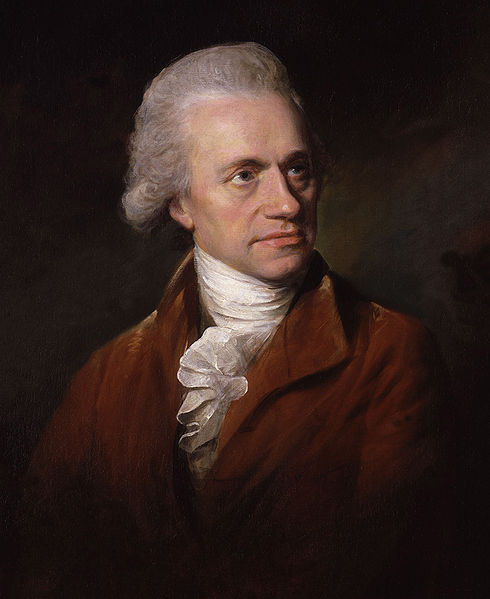
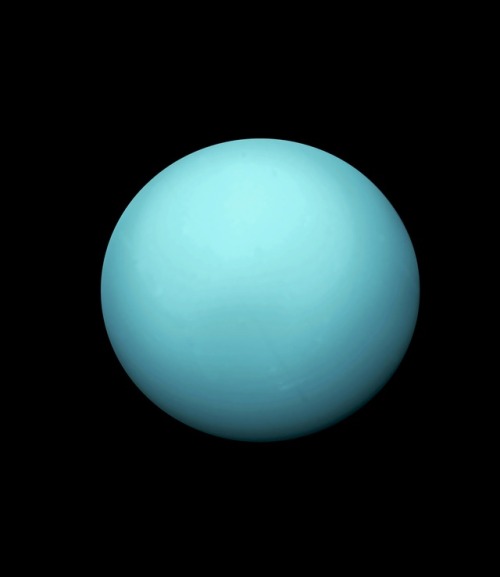
William Herschel
Frederick William Herschel, was a British astronomer and composer of German origin, and brother of fellow astronomer Caroline Herschel, with whom he worked. Born in the Electorate of Hanover, Herschel followed his father into the Military Band of Hanover, before migrating to Great Britain in 1757 at the age of nineteen.
Herschel constructed his first large telescope in 1774, after which he spent nine years carrying out sky surveys to investigate double stars. The resolving power of the Herschel telescopes revealed that the nebulae in the Messier catalogue were clusters of stars. Herschel published catalogues of nebulae in 1802 (2,500 objects) and in 1820 (5,000 objects). In the course of an observation on 13 March 1781, he realized that one celestial body he had observed was not a star, but a planet, Uranus.

This was the first planet to be discovered since antiquity and Herschel became famous overnight. As a result of this discovery, George III appointed him Court Astronomer. He was elected as a Fellow of the Royal Society and grants were provided for the construction of new telescopes.
Herschel pioneered the use of astronomical spectrophotometry as a diagnostic tool, using prisms and temperature measuring equipment to measure the wavelength distribution of stellar spectra. Other work included an improved determination of the rotation period of Mars, the discovery that the Martian polar caps vary seasonally, the discovery of Titania and Oberon (moons of Uranus) and Enceladus and Mimas (moons of Saturn). In addition, Herschel discovered infrared radiation. Herschel was made a Knight of the Royal Guelphic Order in 1816. He was the first President of the Royal Astronomical Society when it was founded in 1820. He died in August 1822, and his work was continued by his only son, John Herschel.
Animation taken from the video ‘‘The Discovery of Uranus’’
To know more about the history of William Herschel, click here.
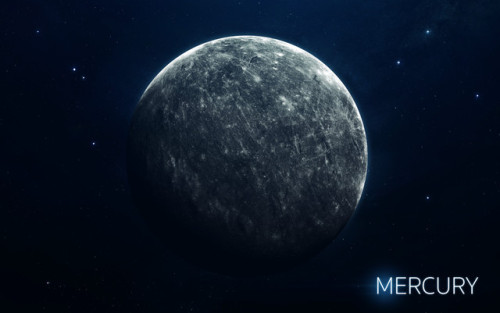
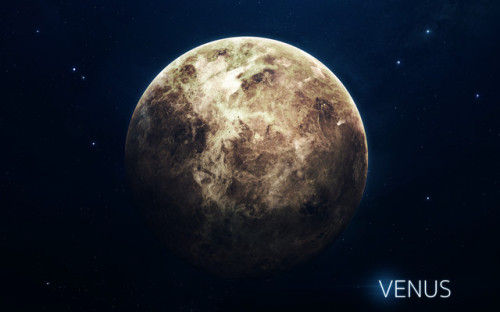
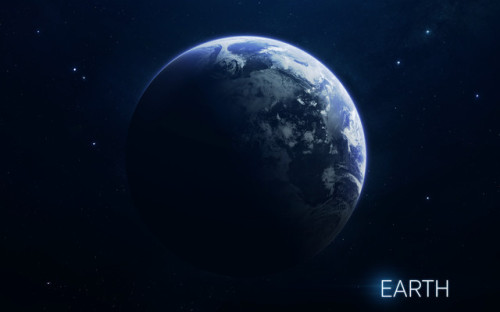
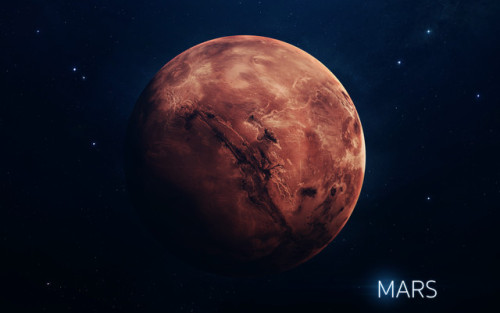
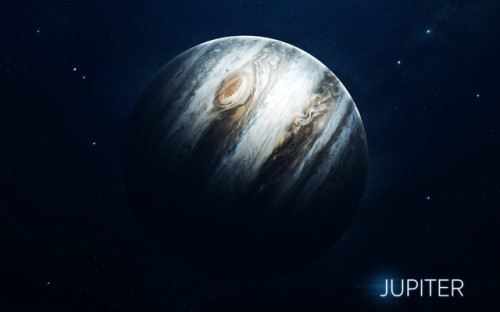
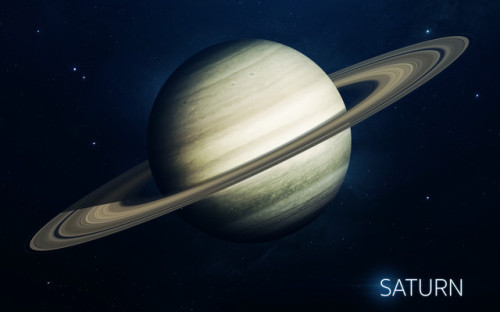
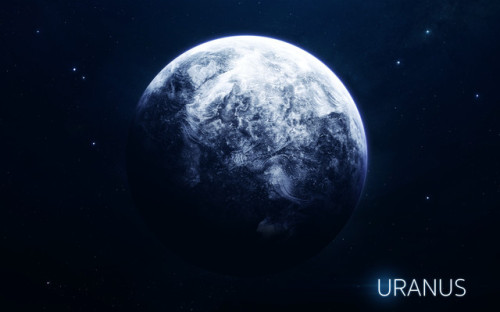
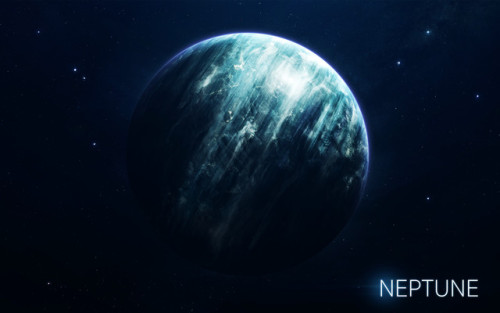
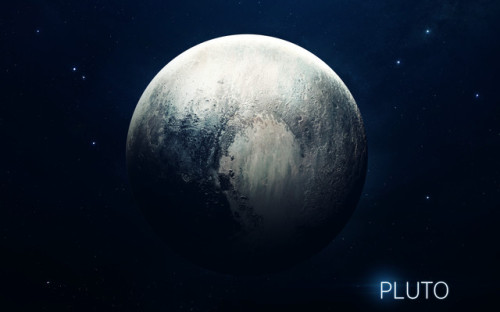
Berries - Vadim Sadovski
Celestial Geometry: Equinoxes and Eclipses
March 20 marks the spring equinox. It’s the first day of astronomical spring in the Northern Hemisphere, and one of two days a year when day and night are just about equal lengths across the globe.

Because Earth is tilted on its axis, there are only two days a year when the sun shines down exactly over the equator, and the day/night line – called the terminator – runs straight from north to south.
In the Northern Hemisphere, the March equinox marks the beginning of spring – meaning that our half of Earth is slowly tilting towards the sun, giving us longer days and more sunlight, and moving us out of winter and into spring and summer.

An equinox is the product of celestial geometry, and there’s another big celestial event coming up later this year: a total solar eclipse.

A solar eclipse happens when the moon blocks our view of the sun. This can only happen at a new moon, the period about once each month when the moon’s orbit positions it between the sun and Earth — but solar eclipses don’t happen every month.
The moon’s orbit around Earth is inclined, so, from Earth’s view, on most months we see the moon passing above or below the sun. A solar eclipse happens only on those new moons where the alignment of all three bodies are in a perfectly straight line.

On Aug. 21, 2017, a total solar eclipse will be visible in the US along a narrow, 70-mile-wide path that runs from Oregon to South Carolina. Throughout the rest of North America – and even in parts of South America, Africa, Europe and Asia – the moon will partially obscure the sun.

Within the path of totality, the moon will completely cover the sun’s overwhelmingly bright face, revealing the relatively faint outer atmosphere, called the corona, for seconds or minutes, depending on location.
It’s essential to observe eye safety during an eclipse. Though it’s safe to look at the eclipse ONLY during the brief seconds of totality, you must use a proper solar filter or indirect viewing method when any part of the sun’s surface is exposed – whether during the partial phases of an eclipse, or just on a regular day.

Learn more about the August eclipse at eclipse2017.nasa.gov.
Make sure to follow us on Tumblr for your regular dose of space: http://nasa.tumblr.com
Are we alone in the universe?
There’s never been a better time to ponder this age-old question. We now know of thousands of exoplanets – planets that orbit stars elsewhere in the universe.

So just how many of these planets could support life?
Scientists from a variety of fields — including astrophysics, Earth science, heliophysics and planetary science — are working on this question. Here are a few of the strategies they’re using to learn more about the habitability of exoplanets.
Squinting at Earth
Even our best telescopic images of exoplanets are still only a few pixels in size. Just how much information can we extract from such limited data? That’s what Earth scientists have been trying to figure out.
One group of scientists has been taking high-resolution images of Earth from our Earth Polychromatic Imaging Camera and ‘degrading’ them in order to match the resolution of our pixelated exoplanet images. From there, they set about a grand process of reverse-engineering: They try to extract as much accurate information as they can from what seems — at first glance — to be a fairly uninformative image.

Credits: NOAA/NASA/DSCOVR
So far, by looking at how Earth’s brightness changes when land versus water is in view, scientists have been able to reverse-engineer Earth’s albedo (the proportion of solar radiation it reflects), its obliquity (the tilt of its axis relative to its orbital plane), its rate of rotation, and even differences between the seasons. All of these factors could potentially influence a planet’s ability to support life.
Avoiding the “Venus Zone”
In life as in science, even bad examples can be instructive. When it comes to habitability, Venus is a bad example indeed: With an average surface temperature of 850 degrees Fahrenheit, an atmosphere filled with sulfuric acid, and surface pressure 90 times stronger than Earth’s, Venus is far from friendly to life as we know it.

The surface of Venus, imaged by Soviet spacecraft Venera 13 in March 1982
Since Earth and Venus are so close in size and yet so different in habitability, scientists are studying the signatures that distinguish Earth from Venus as a tool for differentiating habitable planets from their unfriendly look-alikes.
Using data from our Kepler Space Telescope, scientists are working to define the “Venus Zone,” an area where planetary insolation – the amount of light a given planet receives from its host star – plays a key role in atmospheric erosion and greenhouse gas cycles.

Planets that appear similar to Earth, but are in the Venus Zone of their star, are, we think, unlikely to be able to support life.
Modeling Star-Planet Interactions
When you don’t know one variable in an equation, it can help to plug in a reasonable guess and see how things work out. Scientists used this process to study Proxima b, our closest exoplanet neighbor. We don’t yet know whether Proxima b, which orbits the red dwarf star Proxima Centauri four light-years away, has an atmosphere or a magnetic field like Earth’s. However, we can estimate what would happen if it did.
The scientists started by calculating the radiation emitted by Proxima Centauri based on observations from our Chandra X-ray Observatory. Given that amount of radiation, they estimated how much atmosphere Proxima b would be likely to lose due to ionospheric escape — a process in which the constant outpouring of charged stellar material strips away atmospheric gases.

With the extreme conditions likely to exist at Proxima b, the planet could lose the equivalent of Earth’s entire atmosphere in 100 million years — just a fraction of Proxima b’s 4-billion-year lifetime. Even in the best-case scenario, that much atmospheric mass escapes over 2 billion years. In other words, even if Proxima b did at one point have an atmosphere like Earth, it would likely be long gone by now.
Imagining Mars with a Different Star
We think Mars was once habitable, supporting water and an atmosphere like Earth’s. But over time, it gradually lost its atmosphere – in part because Mars, unlike Earth, doesn’t have a protective magnetic field, so Mars is exposed to much harsher radiation from the Sun’s solar wind.

But as another rocky planet at the edge of our solar system’s habitable zone, Mars provides a useful model for a potentially habitable planet. Data from our Mars Atmosphere and Volatile Evolution, or MAVEN, mission is helping scientists answer the question: How would Mars have evolved if it were orbiting a different kind of star?
Scientists used computer simulations with data from MAVEN to model a Mars-like planet orbiting a hypothetical M-type red dwarf star. The habitable zone of such a star is much closer than the one around our Sun.

Being in the habitable zone that much closer to a star has repercussions. In this imaginary situation, the planet would receive about 5 to 10 times more ultraviolet radiation than the real Mars does, speeding up atmospheric escape to much higher rates and shortening the habitable period for the planet by a factor of about 5 to 20.
These results make clear just how delicate a balance needs to exist for life to flourish. But each of these methods provides a valuable new tool in the multi-faceted search for exoplanet life. Armed with these tools, and bringing to bear a diversity of scientific perspectives, we are better positioned than ever to ask: are we alone?
Make sure to follow us on Tumblr for your regular dose of space: http://nasa.tumblr.com.

É hoje pessoal! 🤩
🔭 Logo mais às 4:30 da manhã vai ocorrer a "super" conjunção entre todos os planetas do sistema solar.
✨ Dos planetas visíveis a olho nu em ordem ascendente, são: Mercúrio, Vênus, Marte, Júpiter e Saturno.
✨ Dos planetas que não estão visíveis, mas que estão acompanhando, são: Urano e Netuno.
📷 Créditos da Imagem: https://m.facebook.com/story.php?story_fbid=pfbid09eF4zUQy47zDfGrguVwDEny8vut32ZphgyifThgejTEoujRK7G8iwNHoMQxh1LKbl&id=213098328862069
-
 dukegenocide liked this · 2 years ago
dukegenocide liked this · 2 years ago -
 purplebutterflies6 liked this · 7 years ago
purplebutterflies6 liked this · 7 years ago -
 pineapplepapayaboop-blog liked this · 7 years ago
pineapplepapayaboop-blog liked this · 7 years ago -
 tropicalnic-blog liked this · 7 years ago
tropicalnic-blog liked this · 7 years ago -
 onesassytaco-blog liked this · 7 years ago
onesassytaco-blog liked this · 7 years ago -
 frazzzledadulting reblogged this · 7 years ago
frazzzledadulting reblogged this · 7 years ago -
 frazzzledadulting liked this · 7 years ago
frazzzledadulting liked this · 7 years ago -
 lbk-photography liked this · 7 years ago
lbk-photography liked this · 7 years ago -
 sounis liked this · 7 years ago
sounis liked this · 7 years ago -
 colonel-narwhal liked this · 7 years ago
colonel-narwhal liked this · 7 years ago -
 streghe liked this · 7 years ago
streghe liked this · 7 years ago -
 nudne reblogged this · 7 years ago
nudne reblogged this · 7 years ago -
 best-hotels-posts reblogged this · 8 years ago
best-hotels-posts reblogged this · 8 years ago -
 quintencorijns liked this · 8 years ago
quintencorijns liked this · 8 years ago -
 mule1971 liked this · 8 years ago
mule1971 liked this · 8 years ago -
 moltensappho liked this · 8 years ago
moltensappho liked this · 8 years ago -
 ghostnoahx liked this · 8 years ago
ghostnoahx liked this · 8 years ago -
 kidsofsuburbia liked this · 8 years ago
kidsofsuburbia liked this · 8 years ago -
 hobs-birb liked this · 8 years ago
hobs-birb liked this · 8 years ago -
 firefightertachibana liked this · 8 years ago
firefightertachibana liked this · 8 years ago -
 firefightertachibana reblogged this · 8 years ago
firefightertachibana reblogged this · 8 years ago -
 xdxliax liked this · 8 years ago
xdxliax liked this · 8 years ago -
 anexplosionofstardust liked this · 8 years ago
anexplosionofstardust liked this · 8 years ago -
 carlosemiliopir liked this · 8 years ago
carlosemiliopir liked this · 8 years ago -
 collectivecanvas liked this · 8 years ago
collectivecanvas liked this · 8 years ago -
 oniwoolf-blog liked this · 8 years ago
oniwoolf-blog liked this · 8 years ago -
 csicatherinewillows reblogged this · 8 years ago
csicatherinewillows reblogged this · 8 years ago

